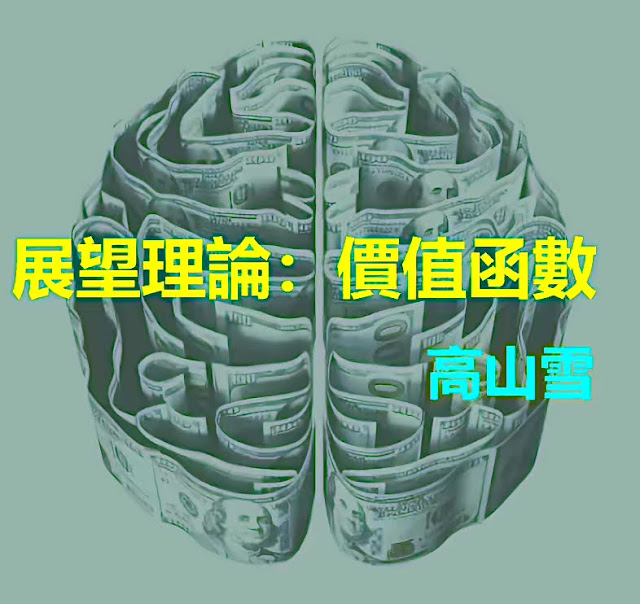Principle of Insufficient Reason
In the previous article <Subjective Probability Estimation>, I have mentioned the difficulty in assigning chance for decision making. One of the crucial tools I mentioned is to the Principle of Insufficient Reason (also known as Principle of Indifference) to assign probability of events in the absence of knowledge about the situation.
The Principle of Insufficient Reason provides a guide for us to follow when there is no reason to assign the chance for one alternative over the other (i.e. no knowledge about a particular alternative or all alternatives), we should assign an equal probability for all possibilities.
- That is to say, if there are n alternatives, the probability of occurrence for each alternative becomes 1/n.
- Just as what I did in the Example 4 in <Decision Tree>,
I broke the range of monetary award into 4 components and assign an
equal probability (25%) to each component, such that it sums up to 100%
in total.
- However if I know explicitly the probability of one alternative, say P, I can assign the probability for the rest of alternatives are (1-P), instead of equal probability assumption.
Example:
Answer (1):
Answer (2):
Which answer above (1/2 or 2/3) is correct?
Some mathematicians argued that when the basic knowledge is given, like 3 coloured cards exist, only one card will have a gift, Principle of Insufficient Reason should be applied to assign equal probability to each alternative under a limited prior knowledge is known. In this sense, Answer (2) is more correct.- Answer (1) is the outcome-based probability - the approach the frequentists' upholding belief that we should only rely on the concrete frequency probability, and they reject the idea of vague 'guess' probability approach.
Remarks
I will have more on the article of <貝氏定理 (5): 貝氏更新 (Bayesian Updating)>.
For practical usage, you may refer to the Example 4 in <Decision Tree>.
Related Topics:
貝氏定理 (5): 貝氏更新 (Bayesian Updating)
Subjective Probability Estimation
======================
Reference
Stephanie, Statistics how to, "Principle of Indifference / Insufficient Reason: Definition & Example, 14 June 2018, available from: https://www.statisticshowto.com/principle-of-indifference/
Ola Mahmoud, Naive Uncertainty and the Principle of Indifference, Behavioral & Experimental Economics eJournal, 15 Jan 2019.
==================================
Disclaimer
No part of the post may be reproduced or transmitted in any form or by any means, electronic or mechanical, including photocopying, recording, or by any information storage and retrieval system, without written permission from the blog creator, Snow Hill 高山雪.This is a personal blog, the blog creator does not warrant, guarantee, or assume responsibility for the accuracy or reliability of any information posted. Under no circumstances shall the blog creator has any liability to you for any loss or damage of any kind incurred as a result of the use of, or reliance on, the information of the site or blog posts. The use of the site and your reliance on any information on the site is solely at your own risk.
© Copyright 2020-2022 高山雪 Snow Hill. All rights reserved.











留言
發佈留言